Diablo 4 Endgame Overview - All Endgame Activities And Rewards
Once you beat the main campaign of Diablo 4, a whole bunch of endgame activities open up for you.
Beating the main campaign in Diablo 4 is only half the battle, as a whole new world of hellish mobs and amazing loot opens up to you after rolling credits. After completing the campaign there are repeatable activities, difficult dungeons, and better loot. Here's an overview of everything there is to do in Diablo 4, once you beat the campaign.
Capstone Dungeons and Higher World Tiers
One of the first things you should do after rolling credits is complete the first Capstone Dungeon and unlock World Tier 3, which is for characters level 50-70. Some parts of the endgame, like Helltides and Nightmare Sigils, are only available on World Tier 3 or higher. Once you have completed all campaign acts and have reached level 50, you can take on the first Capstone Dungeon, the Cathedral of Light dungeon. This dungeon is far more challenging than the previous dungeons found in the game and must be completed on World Tier 2.
After reaching level 70 you can take on the second Capstone dungeon, the Fallen Temple, but this one must be done on World Tier 3, making it a real challenge.
Paragon Board
After hitting level 50 you no longer gain skill points for leveling up. Instead, you gain multiple Paragon Points per level, which let you pick spots on the Paragon Board. Each spot on the Paragon board provides some type of bonus, from small stat boosts to massive, build-altering passive bonuses. The Paragon Board also has spots for Glyphs, which drop randomly in endgame activities. These Glyphs give a wide range of bonuses and can be upgraded by completing Nightmare dungeons.
Nightmare Dungeons
Nightmare Dungeons are a special, harder version, of the regular dungeons found in Diablo 4's world. These dungeons have special modifications and typically allow for a limited number of deaths in the dungeon before you fail. In order to play a Nightmare Dungeon, you must find a Nightmare Sigil, which when activated transforms a random dungeon--typically specified in the description of the Sigil--into a Nightmare Dungeon. Nightmare Sigils start dropping on World Tier 3.
Grim Favors and Whispers of the Dead
One of the main overworld activities you will participate in for the endgame of Diablo 4 are the Grim Favors and Whispers of the Dead. Grim Favors are limited-time activities that appear in different regions around the map. This can range from killing enemies in the open-world to completing public events and even completing dungeons. Each activity awards points, either 1, 3, or 5. Once you reach 10 points, you can return to the Tree of Whispers, which lets you pick from three caches of loot, typically focusing on a specific type of gear. This is one of the best ways to consistently get loot and earn XP, without any risk of losing what you worked far. The same can't be said for the other two endgame activities.
Helltides
Helltides occur starting with World Tier 3, transforming a specific section of the map temporarily into, well, Hell. This area is marked by turning that section of the map red, filling it with demons and other powerful enemies. While in a Helltide enemies drop Aberrant Cinders, a currency that can be used to open chests scattered throughout the Helltide. The exact cost of each chest varies depending on what type of item it gives, typically between 75 to 125. The danger here is two-fold; if you die, you lose a significant chunk of your Aberrant Cinders and they all disappear when the Helltide ends.
Fields of Hatred PvP
For players looking to prove their might, the Fields of Hatred exist in the southeast part of the map typically. While inside the Fields of Hatred, you can find any random player you find, along with a ton of regular enemies. In these areas, both regular enemies and other players drop Seeds of Hatred, the PvP currency. Once you collect a decent number of Seeds of Hatred, you need to make it to an Altar of Extraction, which converts them to Red Dust. While the currency is in Seeds of Hatred form, you drop all of them when killed and they disappear if you leave the PvP zone. The Red Dust is moved to the currency part of your inventory and can't be lost once converted, which can be used at the PvP vendor.
World Bosses
Another form of Public Events comes in the form of World Bosses, like Ashava, which are massive enemies meant to be fought by a ton of players at once. These enemies spawn at specific times set by Blizzard, indicated 30 minutes prior to the start of the fight by an icon on the world map, with an accompanying timer. These massive battles award great loot, but are borderline impossible to takedown alone, so you will need to see if other players are taking on the boss when it becomes available.
For more Diablo 4 guides, like class builds and collectible locations, check out GameSpot's Diablo 4 Guides Hub.
Got a news tip or want to contact us directly? Email news@gamespot.com
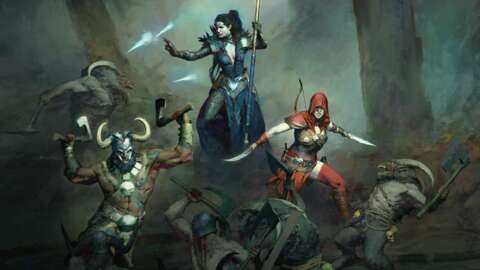
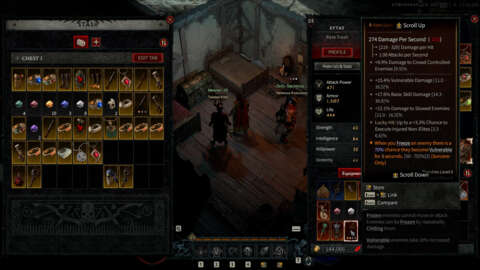
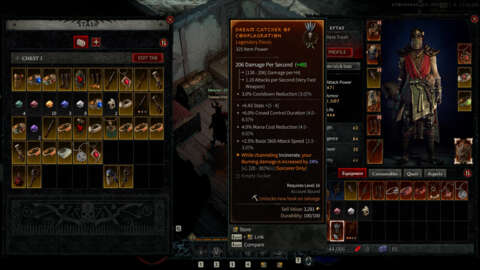
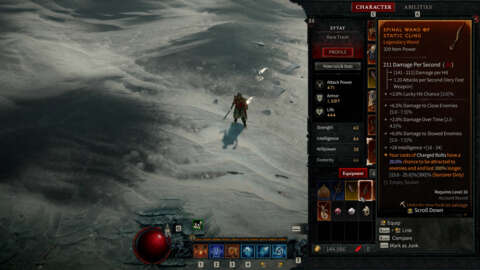

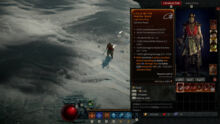

Join the conversation